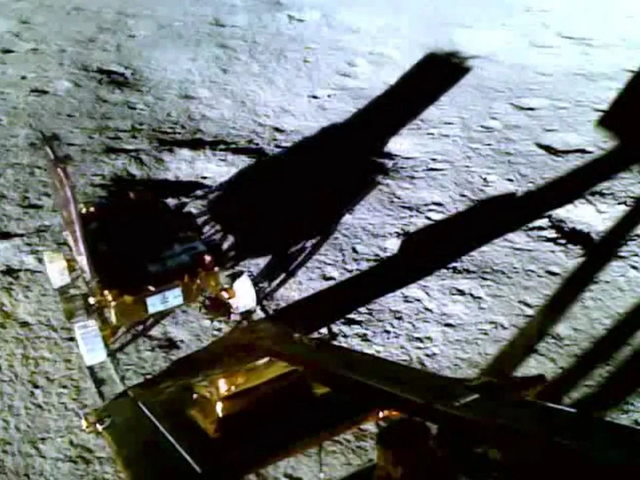Bengaluru, NFAPost: In a recent statement, ISRO Chairman, S Somnath, revealed that the Chandrayaan-3’s rover, Pragyan, has gracefully entered a state of dormancy on the lunar expanse. However, he emphasized that the possibility of its reawakening remains a tantalizing prospect.
Acknowledging the inherent risks associated with lunar surface operations, Somnath underlined that the primary objective of the Chandrayaan-3 mission, which included a soft landing, has been successfully achieved. Crucial data has been meticulously collected over the course of 14 days of experimentation.
Speaking at the Manorama News Conclave 2023, organized by the Malayala Manorama group, Somnath shared, “Now it is sleeping peacefully there…Let it sleep well… When it wants to get up on its own, it will…that’s what I want to say about it right now.”
When questioned about the hope for Pragyan’s revival, Chairman Somnath expressed optimism, citing the comprehensive testing of the rover under extreme conditions. The rover demonstrated functionality even at a bone-chilling minus 200 degrees Celsius. However, he conceded that the radiation exposure and potential landing-induced stresses during the 42-day-long mission may pose recovery challenges.
Nevertheless, Somnath was unequivocal in asserting that the Chandrayaan-3 mission’s objectives have been met. ISRO is currently engaged in extensive exploration of the scientific data gathered during the mission, stored in the agency’s scientific data centre.
On August 23, with the Chandrayaan-3 mission, India etched its name in history as the first nation to touch down near the lunar south pole, joining the ranks of the US, the former Soviet Union, and China in achieving a soft landing on the lunar surface.
ISRO took a cautious approach by transitioning the lander and rover into sleep mode on September 4 and 2, respectively, as the moon’s surface was cast into shadow. The agency held out hope for their reawakening with the next sunrise around September 22.
Both the lander and the rover are engineered to operate for one lunar daylight period, approximately 14 Earth days. Despite efforts to re-establish contact after the commencement of a new lunar day on September 22, no signals have been received from the solar-powered Vikram lander and Pragyan rover. The tireless endeavour to re-establish communication continues.




